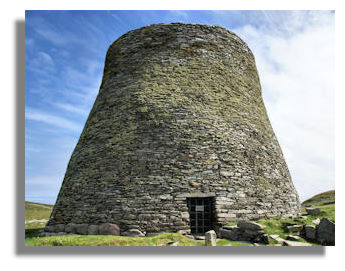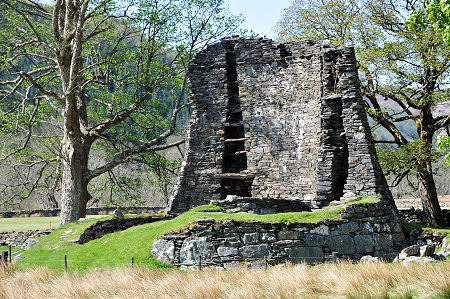sculptor
Valued Senior Member
Northern Scotland brochs
They do not seem to have had much defensive value
The double wall in intriguing
I suspect that the design was for comfort
Having a double wall would allow for the interior of the inner wall to be warmer than the outer wall
A buffer from the cold seems to be the most likely reason for the evolution of the design.
Your thoughts?
They do not seem to have had much defensive value
The double wall in intriguing
I suspect that the design was for comfort
Having a double wall would allow for the interior of the inner wall to be warmer than the outer wall
A buffer from the cold seems to be the most likely reason for the evolution of the design.
Your thoughts?


